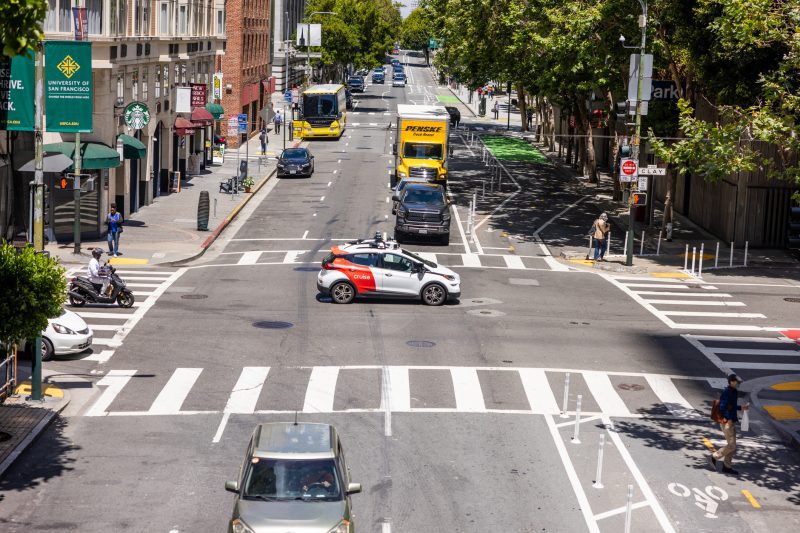Despite being in its infancy, the robotaxi market is fiercely competitive, with those who enjoyed early success looking to expand their business, while others who have faced difficulties now focusing on new sectors to develop the technology.
Waymo continues to lead the way with robotaxis, with its first driverless taxis hitting the streets of San Fransisco in 2020, followed two years later by Cruise.
But as Waymo continues to expand and move into other cities, Cruise has endured a much bumpier ride. Following incidents in which pedestrians had been injured by Cruise vehicles, the company announced earlier this year that safety drivers would be put in all its vehicles.
Now, ABC News reports that owner General Motors has decided to pull the plug on its robotaxi project. Instead, it has decided to concentrate on the private car and vehicle markets, which it believes will benefit from autonomous technology.
General Motors told ABC that continuing with the project would involve “considerable time and resources that would be needed to scale the business, along with an increasingly competitive robotaxi market as factors for its decision”.
CEO Mary Barra said: “Cruise has been an early innovator in autonomy, and the deeper integration of our teams, paired with GM’s strong brands, scale, and manufacturing strength, will help advance our vision for the future of transportation.”
Pioneer
Despite dropping out of the robotaxi race, Cruise had been a pioneer of the technology. The company was founded in 2013 with trials of its self-driving cars taking place in California two years later.
GM bought Cruise in 2016 and ABC reports that it has invested “billions of dollars in development and worked with Honda on advancing its technologies”.
After being granted licences to operate its driverless taxis, many of Cruise’s vehicles operated in San Fransisco, before expanding to Arizona and Texas.
But Cruise’s licence was suspended in October 2023 after pedestrians were injured following collisions with a number of its driverless cabs.
In one of the most severe cases, a woman was thrown into the path of a Cruise vehicle after being struck by a car travelling in the opposite direction. The robotaxi tried to avoid her as it stopped, but the victim was dragged about 20 feet while pinned to the bottom of the car. The company is believed to have settled that case for up to £10 million.
Following this incident, Cruise stopped its automated taxi service in the city and later pulled its entire fleet from service across the US before it returned last summer with drivers.
New direction
Having decided to let Waymo and others pursue the robotaxi market, GM will now use Cruise’s technology to focus on improving cars for private drivers.
Dave Richardson, senior vice president of software and services engineering, told ABC that the benefits would include “enhanced safety, improved traffic flow, increased accessibility, and reduced driver stress.”
The decision for Cruise to leave the robotaxi sector is a logical one. New technology such as this does require a leap of faith from customers who are literally putting their lives in the hands of a vehicle they have no control over. While many have enjoyable experiences, those who have been involved in accidents or near misses will take a lot of convincing before they jump back into a driverless cab.
And improving safety and other driving features will be a welcome bonus for motorists as the roads continue to get busier.


